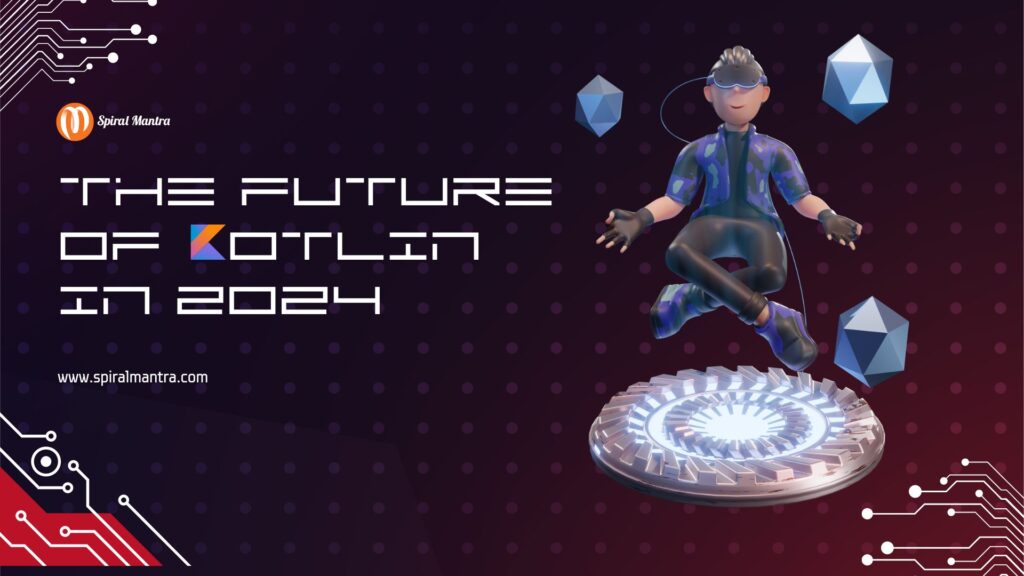A trending buzzword in the software development realm is Kotlin. It is a novel approach to writing code that runs on Java; it is not a programming language in and of itself. It's a programming and development language created by a firm JetBrains, which is responsible for IntelliJ Java IDE (a developer suite of tools and applications that functions similarly to Microsoft Office) and Android Studio is based on it.
Kotlin is a cross-platform, statically typed language with type inference that is intended to be completely compatible with Java. The native developers can potentially use this language as it can be compiled into Machine Code and JavaScript.
The Rise of Kotlin
The changing Android ecosystem of 2024 makes
Kotlin the preferred language for the creation of creative and intuitive mobile applications. It is in high demand among developers and businesses because of its adaptability and expressiveness. Its importance and influence in the dynamic field of software development can be understood by its increasing use in a variety of sectors and applications. It is a contemporary language that provides fixes for common programming issues such as runtime problems and null pointer exceptions resulting in the transformation of the creation of programs.
Kotlin is constantly increasing the TIOBE index, a commonly used measure of programming language popularity. The Developer Survey conducted by Stack Overflow proves the fact that it is one of the most highly favored languages among developers.
Why is Kotlin in demand?
Do you think Kotlin is in high demand according to the current trends? If yes, let’s look into what makes it better and preferred for the development process:
- It is capable of determining the kind of data a function uses by viewing the rest of the code and its utilization. This is because it applies aggressive type inference. Therefore developers do not waste time specifying the kinds of expressions and values in their code. The code must be an error and the declaration of data type might be time-consuming, hence using Kotlin can save tons of time.
- Developers are provided with the function of writing static objects and functions which eradicates the need for unnecessary classes. This language is much simpler to read and comprehend for a developer to specify the objects and their functions in one location, which facilitates debugging. Users are not required to write unnecessary codes because it only repeats the things just entered. Java needs this for the way its syntax is written. Writing code in C is easier and more logical using Kotlin, which is more laid back.
- The syntax of Kotlin isn't overly complicated. To become an accomplished Java developer it takes years because you have to put semicolons, braces, and brackets in the right locations for the compiler—the device that translates code into an application—to know what to do. Because Kotlin's syntax incorporates the greatest features of earlier programming languages, creating code is easier. This also implies that debugging the code will take less time and that reading and comprehending it will be simpler.
Conclusion
Companies and developers continue to use
Kotlin in 2024 as it is still flourishing as a cutting-edge, expressive, and adaptable programming language. Its use is increasing in a variety of fields and applications. This surge highlights the importance and influence in the field of software development.
It is anticipated that in coming years there will be more innovation and uptake as the Kotlin ecosystem, because of the contributions from the community and industry backing, develops and grows. Kotlin is a tremendously helpful language that helps in creating native desktop apps, online services, Android apps, or data science applications. Kotlin is a strong and beautiful way to confidently and effectively modern software challenges.
